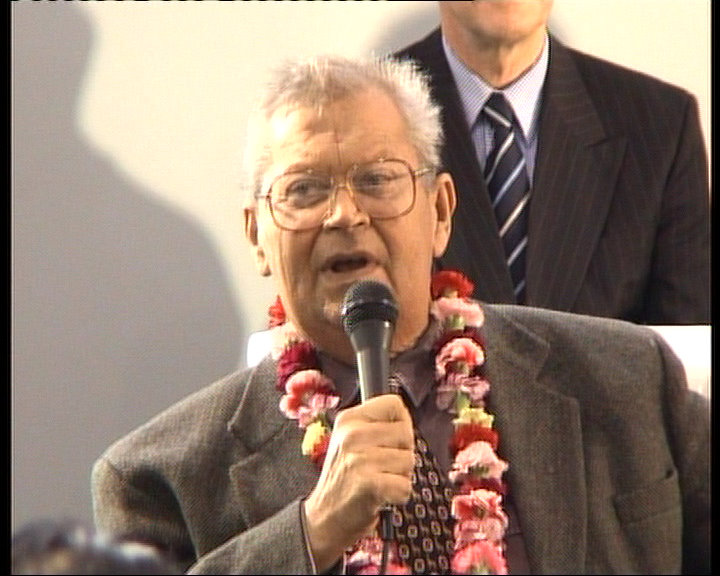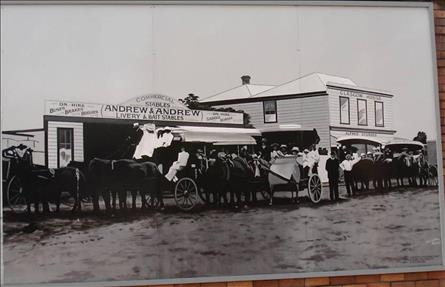Otahuhu is among the most important suburbs of Auckland and holds special interest in the political and economic landscape of New Zealand.
The region has seen the birth and rise of a number of leaders, foremost among who are former Prime Minister the late Sir David Lange and former Manukau Mayor Sir Barry Curtis.
Pubic transport, parks, open space and other areas of public interest and utility, a proper roading system, waste management and business development are among the issues debated through public submission process undertaken over several years.
Ambitious plan
The draft plan for growth, under implementation, considers the ways and means of managing the future needs of the area to sustain social, economic, cultural and environmental progress. Prepared after extensive research, discussion and community consultation, the plan recognises Otahuhu as a vibrant, multicultural community strategically positioned on Auckland city’s southern gateway.
A Council Report (prepared to the creation of a single Auckland Council in 2010) said that Otahuhu had grown and changed since people first decided to settle in the area.
“Otahuhu is projected to grow by about 1000 household by 2022.”
The draft plan identified the key issues affecting Otahuhu, defined a vision for the future of the area based on the aspirations of the community and the Council, and directed available resources to areas that need them the most.
It covers an area bounded by the Tamaki estuary to the south, the rail line to the west, the southern motorway to the east and Mt Richmond to the north. Facilitating commercial activity and providing quality living for the residents of the area are among the principal concerns of the strategy.
Prudent management
The plan takes into account the fact that the economy can grow through wealth creating business environment and by managing the change from suburban to quality urban living.
“In addition to identifying where higher density living opportunities will be located and ensuring appropriate design and infrastructure provision, the growth strategy also takes into account the need to protect valued natural features and character and heritage areas, and strengthen communities,” the Council report said.
Business Development
The strategy also identifies Otahuhu as a business development area.
These are major employment areas that can support more jobs and the increased movements of workers, customers and goods that the extra jobs will bring.
Otahuhu has a large business area that fulfils these requirements, and the draft plan aims to ensure that the local business community continues to play a strong role in the overall growth and identity of the area.
Proud heritage
It was the landing place of great waka, the location of many wahi tapu (sacred places) and the past home of many Maori chiefs of great mana.
Prior to the arrival of the European settlers, Otahuhu featured villages and fortified volcanic cones and the portage, which was used to transfer waka between the Manukau Harbour and the Hauraki Gulf.
There are several stories as to how Otahuhu got its name, as well as various meanings of the name itself.
According to one belief, Otahuhu refers to one of the hills in the area (perhaps Mt Richmond), but many say it was named after a Maori chief, Tahuhunui, who lived on Mt Richmond.
Another possible meaning is “the ridge pole,” as the area of the isthmus acts like a ridge dividing the two waters of Manukau on one side and Tamaki on the other.
Renowned publisher A W Reed’s version of a possible meaning of Otahuhu divides it into ‘ota,’ meaning uncooked, and ‘huhu,’ referring to the grub.
According to this version, this delicacy was plentiful in the area and eaten by Maori using the portage.
Fencible settlement
The suburb was established in 1847 as a Fencible settlement, where soldiers were given land with the implied understanding that in wartime, they would be raised as units to defend it. However, the eventual fighting a decade later used professional soldiers.
Most early features from this time disappeared, including a stone bridge built by the fencibles to make way to a widening of Great South Road.
Otahuhu was home to the country’s first supermarket, Counties Manukau Police Headquarters (which moved to a modern building in Wiri Station Road about five years ago), and Otahuhu College, which is proud of several alumni in later years.
In 1912, Otahuhu was constituted as a borough.
After the great depression of the 1930s, the area’s shopping centre experienced a period of rapid growth, with new blocks of shops added.
The 1960s were also a period of industrial and commercial boom, and the area changed from predominantly residential, to be known as a significant commercial and industrial area.
/
Sir David Lange
Sir Barry Curtis

Andrew & Andrew off to picnic






